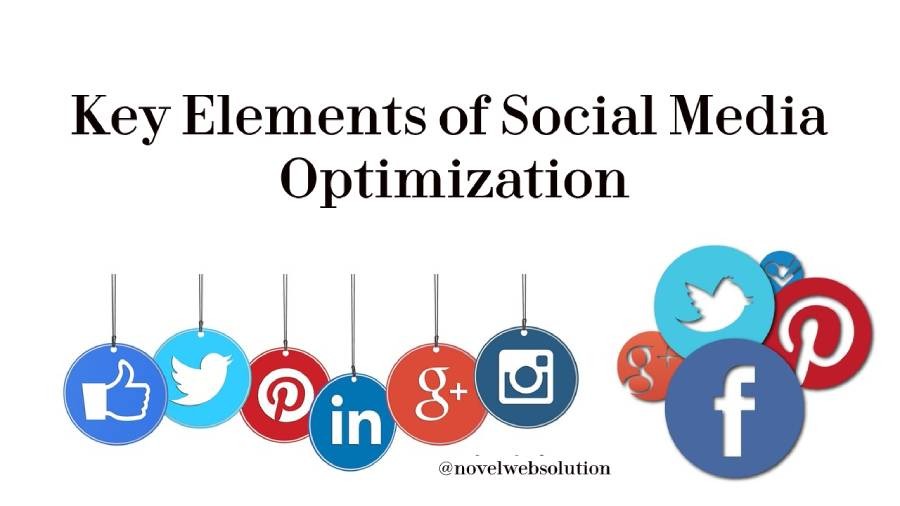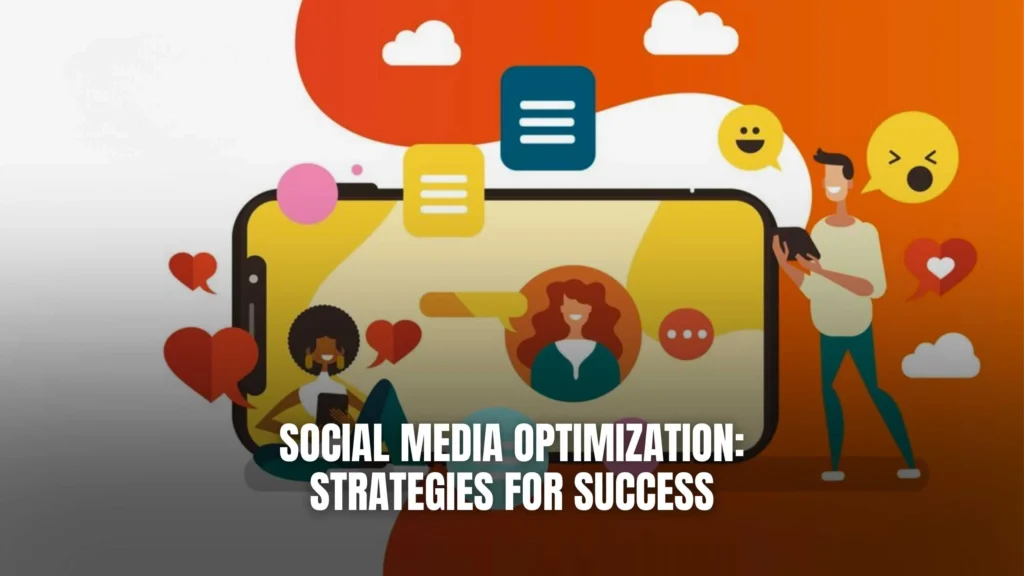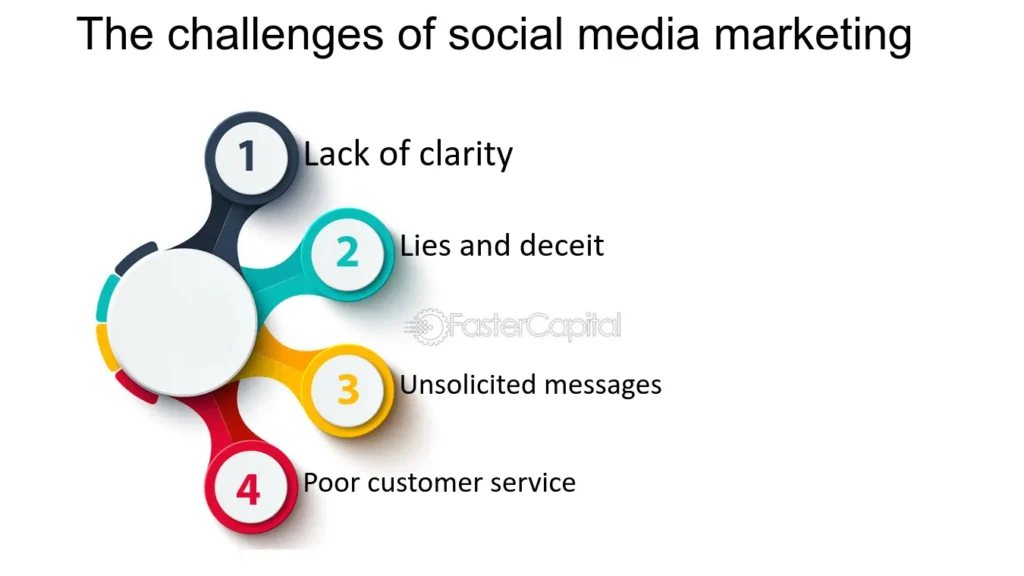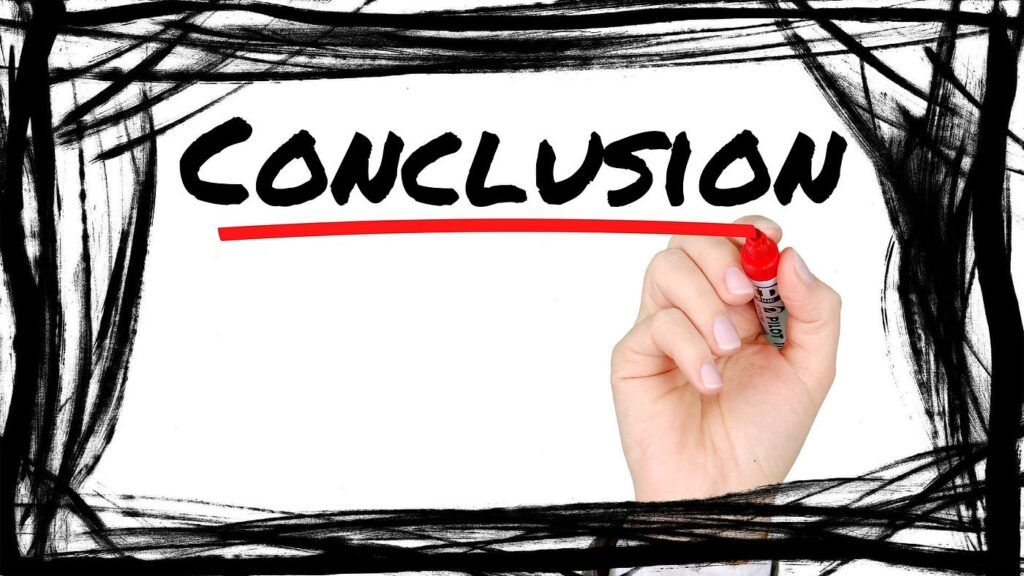
Social media optimization (SMO) is the use of social media sites to manage and enhance an organization’s message and online presence. As a digital marketing strategy, social media optimization can be used to increase awareness of new products and services, connect with customers, and mitigate potentially damaging news.
- Social media optimization is the use of social media sites to enhance a company or organization’s brand and its online presence.
- Social media sites have been used to increase awareness of new products and services and help organizations connect with customers.
- Popular platforms such as Facebook, X platform (formerly Twitter), Instagram, YouTube, Snapchat, TikTok, and Pinterest are used for digital marketing.
Social media platforms allow users to share content on the internet almost instantaneously. Because of this, many companies try to create content that users will pass along to their friends and connections. This strategy, called viral marketing, attempts to achieve a broader reach by getting engaged users of social media platforms to share content rather than relying on users to find the content on their own.
What is Social Media Optimization?

SMO involves strategically managing and enhancing a brand’s social media presence to foster interaction, attract more users, and amplify content reach. Unlike traditional social media management, which focuses on day-to-day activities, SMO employs data-driven tactics to maximize performance, align with broader marketing goals, and support Search Engine Optimization (SEO) efforts.
Social media optimization (SMO) is the use of online platforms to generate income or publicity to increase the awareness of a brand, event, product or service. Types of social media involved include RSS feeds, blogging sites, social bookmarking sites, social news websites, video sharing websites such as Youtube and social networking sites such as Facebook, Instagram, Tiktok and X(Twitter).
SMO is similar to search engine optimization (SEO) in that the goal is to drive web traffic, and draw attention to a company or creator. SMO’s focal point is on gaining organic links to social media content. In contrast, SEO’s core is about reaching the top of the search engine hierarchy. In general, social media optimization refers to optimizing a website and its content to encourage more users to use and share links to the website across social media and networking sites.
SMO is used to strategically create online content ranging from well-written text to eye-catching digital photos or video clips that encourages and entices people to engage with a website. Users share this content, via its weblink, with social media contacts and friends.
Common examples of social media engagement are “liking and commenting on posts, retweeting, embedding, sharing, and promoting content”. Social media optimization is also an effective way of implementing online reputation management (ORM), meaning that if someone posts bad reviews of a business, an SMO strategy can ensure that the negative feedback is not the first link to come up in a list of search engine results.
Key Elements of Social Media Optimization

1. Platform Selection
- Identify platforms where your target audience is active. Examples include:
- Facebook for broad engagement and community building.
- Instagram for visual storytelling.
- LinkedIn for professional networking and B2B marketing.
- TikTok for short-form video content targeting younger audiences.
- Twitter for real-time updates and conversations.
2. Profile Optimization
- Ensure profiles are complete and consistent across platforms:
- Use high-quality profile and cover images.
- Write compelling bios with relevant keywords.
- Include links to your website or landing pages.
- Ensure contact information is accurate.
3. Content Strategy
- Develop content that resonates with your audience:
- Educational Content: Share blogs, tutorials, and how-to guides.
- Entertaining Content: Post memes, stories, or relatable videos.
- Inspirational Content: Publish quotes, success stories, or milestones.
- Promotional Content: Highlight products, offers, or events.
- Use a mix of content types, such as images, videos, infographics, and live streams.
4. Keyword Integration
- Research and incorporate relevant keywords in:
- Captions
- Hashtags
- Post descriptions
- Profile bios
This improves discoverability both within the platform and on search engines.
5. Visual Appeal
- Use high-quality images and videos.
- Follow platform-specific dimensions and design guidelines.
- Create a consistent aesthetic or theme to reinforce branding.
6. Hashtag Strategy
- Use hashtags to increase post visibility:
- Mix trending, niche-specific, and branded hashtags.
- Avoid excessive use to maintain post readability.
7. Engagement Tactics
- Actively interact with followers by responding to comments and messages.
- Run polls, quizzes, or contests to encourage participation.
- Share user-generated content to build community loyalty.
8. Analytics and Tracking
- Use analytics tools (e.g., Facebook Insights, Instagram Analytics, Google Analytics) to measure:
- Engagement rates
- Reach and impressions
- Traffic and conversion metrics
- Adjust strategies based on performance data.
SMO Strategies for Major Platforms

Social Media Optimization (SMO) involves leveraging social media platforms to increase brand visibility, engagement, and traffic. Here’s a concise strategy for major platforms:
1. Facebook
- Content: Share engaging posts, including videos, images, and stories. Focus on relatable and shareable content.
- Engagement: Use polls, live sessions, and community groups to build connections.
- Ads: Leverage Facebook Ads Manager for targeted campaigns.
2. Instagram
- Content: Post high-quality images, reels, and carousel posts with consistent aesthetics.
- Hashtags: Use relevant, trending hashtags to improve reach.
- Features: Leverage stories, highlights, and influencer collaborations.
3. Twitter
- Content: Share news, updates, and trending topics with engaging visuals.
- Engagement: Use polls, Twitter chats, and prompt responses.
- Hashtags: Optimize with trending and niche-specific hashtags.
4. LinkedIn
- Content: Focus on professional insights, thought leadership, and industry updates.
- Networking: Engage in groups and publish articles.
- Ads: Use LinkedIn ads for B2B targeting.
5. YouTube
- Content: Post tutorials, behind-the-scenes, and compelling storytelling videos.
- SEO: Optimize titles, tags, and descriptions for search visibility.
- Community: Interact in comments and create engaging playlists.
Consistency, analytics, and adapting to trends ensure success across platforms.
10 Social Media Optimization Techniques

Increasing engagement and turning your audience into paying customers doesn’t just happen. You have to work for it. Specifically, you have to optimize social media pages to reach more people and increase brand awareness. We’ve rounded up 10 ways to do so for better reach, improved engagement, and higher conversion rates.
Before we proceed to the core of it all, allow us to explain why you need to do this.
Today, over 88% of businesses market on social media. This means two things: First, you can’t not do it; and second, you can’t do a horrible job at it.
With millions of brands competing for audience attention on various social media platforms, you can’t stay passive and wait for them to come to you. You have to step up your game to get noticed. One of the most effective ways to do this is to optimize social media accounts. Just make sure you have a firm understanding of cybersecurity for social media to protect yourself!
Here are a few tips to help you get started on the right foot.
1. Identify Your Social Media Goals

The first part of the process is to identify what your ultimate goal is for building and optimizing social media accounts. Once you’ve done this, you can start to list the steps that you have to take.
For instance, if your goal is to utilize your social media accounts to boost sales, you will have to take the following steps to increase it.
- Improve audience reach.
- Increase engagement and gain more prospects.
- Generate leads.
- Convert leads to paying customers.
Having an end goal in mind will guide you in figuring out the smaller milestones you need to hit in order to get there.
Don’t forget to make your goals specific and give them numerical values (example: to increase online sales to $10,000/month) so that you’re able to measure your progress.
2.Fill Out Your Profiles in Their Entirety

Our second tip — and one of the essentials you should cover when optimizing your social media pages — is to fill out your main profile pages front to back.
What is your page all about? In order to reach your target audience, you have to make your profile visible in search results. When optimizing it, remember to cover the basics.
Upload a High-Quality Profile Photo
Your brand’s image matters. Thus, you need a good profile picture so people will immediately recognize you. For businesses, using your company logo is an excellent option.
Let People Know What Exactly It is You Do
What kind of company are you? What types of products or services do you offer?
Your profile is supposed to give people insight into who you are and what you do, so allow them to know you. Fill out the information fields with your details, provide them information on what your business does, and so on.
Include Keywords
If you want people to find you easily, then you have to do keyword research and include the high performing ones in your profile. This increases your chances of getting seen.
Add Your Location
Providing your business’s location makes it easier for people who are looking for your products or services nearby to find you. This move can provide you more chances of appearing in local searches. Google loves it.
Determine Your Store Hours
This is more important — yet often overlooked — information. Setting store hours allows your audience to know when to expect a reply from you for their direct messages.
3. Use Hashtags

Hashtags are essentially SEO of social media platforms like Twitter and Instagram. Adding hashtags to your captions increases your chances of exposure. Please take note, however, that they’re not as effective on Facebook.
One thing you should remember when utilizing hashtags is to optimize them for the the social media account to which you’re uploading the content. Your hashtags for Instagram won’t look the same as Twitter. Knowing how to use them right will help you succeed.
Here’s how to use hashtags for social media.
Twitter Hashtags are used primarily for searches. For instance, if you want to see tweets or conversations, all you have to do is to search for the hashtag in Twitter’s search bar.
Adding one or two hashtags per tweet is best practice. In fact, studies show that tweets with only one hashtag generate the most engagement.
Instagram uses hashtags to group images together. This platform allows up to 30 hashtags per caption, but most experts agree that limiting it to 11 relevant hashtags per post is ideal for the best engagement.
Other creative ways to use hashtags is in Instagram and Twitter contests and other campaign promotions.
4. Create Valuable Content That Solves Your Followers’ Problems

Content is the key to your social media marketing success. It’s what draws your audience to you. People love things that provide value to them. Thus, your content, whether created or curated, should not be limited to plain promotional materials.
Furthermore, they should help your followers overcome an obstacle they have.
Here are a few ideas:
Infographics
They’re informative, visually appealing, shareable, and people love them.
Posts That Evoke Emotion
Emotions are an effective way to make people take action. This is the reason why posts that stimulate one’s emotions get a lot of shares, comments, and likes.
News
Sharing news is another excellent strategy on social media. People love to stay in the loop of the latest happenings.
5. Use Images

The right images can make a person notice you. This is something all brands need in order to increase engagement, especially with the enormous (and growing) amount of content lining up in every user’s feed, fighting for attention.
But with the number of images popping up on feeds, how do you make your content stand out?
Studies confirm that each platform has a different preference when it comes to social media content. What may garner a lot of attention on Facebook may not necessarily receive the same response on Instagram.
6. Include Calls-to-Action

Calls-to-action (CTAs) encourage your audience to respond to your content. They helps boost engagement and convert your audience into leads. Below are a few tips to make the most out of your CTAs.
Make Offers That Your Audience Wants
This a popular and effective strategy for increasing engagement. Giving away eBooks and other resources in exchange for their information is an excellent way of converting leads.
Be Specific
Do you want your visitor to like you on Facebook? Sign up for your newsletter? Enter your contest? Tell them exactly that.
Make Them as Simple and Short as Possible
Don’t make people work too hard to accomplish your CTAs — like by asking for a ton of information. CTAs should be quick and straightforward.
7. Use Attention-Grabbing Headlines

Headlines matter and can make or break it when it comes to getting your followers to stop for a second look.
Here are some tips.
Start With Numbers
Headlines that start with numbers resonate most with people. An example is the title of this article: 10 Ways to Optimize Social Media.
Don’t Be Afraid to Go Negative
Using negative words like “worst” and “never” can sometimes have better results compared to positive words. So, titles like “3 Things You Should Never Do On Social Media” may receive more engagement.
8. Be Active on Social Media Sites That Add Value to Your Business

You don’t have to be present on every single social media platform to increase awareness and promote your brand. You need to choose only the platforms that will benefit your business. Now, the question is, which platforms should you utilize?
Below are some recommendations for each social media platform.
With over 2.27 billion monthly active users, Facebook is undoubtedly one of the leading social media platforms today.
Every business should have a Facebook account regardless of what industry they belong to. Why? Because search engines consider Facebook as a local SEO signal. They check your profile when filtering out their local search results.
Therefore, if you want to be more “searchable” when users include the area where you do business in their search, then you have to have a Facebook business account.
Instagram is a great social media platform for businesses that can gain a lot by relying on visuals. Examples are fashion, travel, and food.
Twitter is perfect for news and information, but it can also be utilized for your company’s support or customer service.
Did you know that 87% of Pinterest users purchased a product because of the platform? It’s one of the social media platforms with the most successful conversion rates.
Ideal for businesses that deal with arts, crafts, and events, Pinterest is an excellent platform for brands that have visual products. (To be clear, though, you can be outside of these industries and still see massive success on the platform.)
LinkedIn is the platform that’s most ideal for B2B, or business-to-business, transactions. If you’re selling products that are targeted to other businesses, it’s recommended to include LinkedIn on your list of main social media platforms.
Only choose the platforms that can help you best promote your brand, products, or services so you can focus your attention on the things that matter for your company. Choosing only two or three that perform well is better than having five that don’t.
9. Optimize Your Posting Schedule

If you’re posting high-quality content but you’re still not getting results, then one of the possible reasons why is your posting schedule. You have to schedule your posts during the time when your audience is most active online.
This will be different for each brand. Furthermore, it can differ from one platform to the next. The best you can do is test different times and measure the results.
10. Track Your Progress

The only way to see if your social media accounts are properly optimized is by tracking your progress. See how much engagement you’re getting. Take note of the number of times your post was shared, the number of comments each post received, the number of likes, etc. before you change any part of your strategy.
This will help you determine the strategies and methods that work for you and those that don’t.
Once you have credible, data-backed information, you’ll be able to make better decisions and more effectively optimize social media accounts.
What social media optimization strategies have you tried so far, and which ones worked best for your business? Share your experience with us in the comments.
Social Media Optimization Challenges

Social Media Optimization (SMO) is a critical aspect of digital marketing aimed at increasing brand awareness and engagement on social platforms. However, it comes with several challenges. Here are some common ones:
1. Content Overload
- Problem: The vast amount of content on social media makes it difficult for brands to stand out.
- Solution: Focus on unique, high-quality, and engaging content tailored to your audience.
2. Algorithm Changes
- Problem: Frequent changes to social media algorithms can reduce organic reach.
- Solution: Stay updated on platform changes and diversify strategies by using a mix of organic and paid promotions.
3. Measuring ROI
- Problem: It’s challenging to measure the return on investment (ROI) of SMO efforts due to indirect and long-term effects.
- Solution: Use advanced analytics tools to track key performance indicators (KPIs) like engagement rates, leads, and conversion rates.
4. Platform-Specific Strategies
- Problem: Different platforms require distinct approaches, and managing them simultaneously can be daunting.
- Solution: Customize content and strategies for each platform and use tools like Hootsuite or Buffer for streamlined management.
5. Audience Engagement
- Problem: Keeping audiences engaged consistently is challenging, especially in competitive industries.
- Solution: Focus on interactive content (polls, Q&A, live streams) and maintain a consistent posting schedule.
6. Negative Feedback
- Problem: Social platforms expose brands to public criticism and negative feedback.
- Solution: Have a robust crisis management plan and respond to criticism promptly and professionally.
7. Time and Resource Management
- Problem: Managing multiple platforms and creating content takes significant time and resources.
- Solution: Automate repetitive tasks and collaborate with specialized teams or agencies for support.
8. Ad Fatigue
- Problem: Audiences may grow tired of seeing repetitive or overly promotional content.
- Solution: Refresh content regularly, focus on storytelling, and limit overly aggressive promotions.
9. Keeping Up with Trends
- Problem: Trends evolve rapidly, making it hard to stay relevant.
- Solution: Monitor industry news and competitor activity and leverage trending topics creatively.
10. Regulatory and Privacy Concerns
- Problem: Stricter regulations like GDPR and platform-specific rules can limit campaign options.
- Solution: Ensure compliance with data privacy laws and prioritize ethical marketing practices.
Overcoming these challenges requires a mix of strategy, creativity, and adaptability.
Advantages of SMO

- Increased Brand Awareness:
- Social media platforms provide a wide-reaching audience to boost brand visibility.
- Cost-Effective:
- Creating and sharing content on social media often requires minimal financial investment compared to traditional advertising.
- Improved Engagement:
- Facilitates direct interaction with the audience, improving trust and loyalty.
- Enhanced Website Traffic:
- Well-optimized posts can drive traffic to your website or other digital assets.
- Better Search Engine Rankings:
- Strong social signals (likes, shares, comments) can improve SEO and organic search rankings.
- Targeted Marketing:
- Social media platforms offer advanced tools to target specific demographics, locations, and interests.
- Measurable Results:
- Metrics such as likes, shares, clicks, and conversions provide tangible results for analysis.
- Virality Potential:
- Content shared on social media has the potential to go viral, massively increasing reach.
Disadvantages of SMO

- Time-Consuming:
- Requires consistent effort to create, publish, and monitor engaging content.
- Dependency on Algorithms:
- Visibility is often dictated by platform algorithms, which are unpredictable and frequently change.
- High Competition:
- Every business is vying for attention, making it hard to stand out.
- Potential for Negative Publicity:
- Any mistake or misstep can quickly spread and harm the brand’s reputation.
- Requires Expertise:
- Successful SMO often requires knowledge of platform-specific trends, tools, and analytics.
- Short Lifespan of Content:
- Most social media content has a limited engagement window before it gets buried.
Limitations of SMO

- Not a Standalone Strategy:
- SMO works best when combined with other marketing strategies, such as SEO, PPC, or email marketing.
- Limited Control Over Platforms:
- Businesses rely on external platforms, which can change policies or algorithms at any time.
- Audience-Specific Challenges:
- Not all target audiences are active on social media platforms, making it less effective for certain industries or demographics.
- Measurement Complexity:
- While metrics are available, attributing results (like sales) directly to SMO efforts can be challenging.
- Platform Saturation:
- Some platforms are overcrowded, leading to diminishing returns for organic reach.
Conclusion

Social media optimization (SMO) is a crucial strategy for maximizing a brand’s visibility, engagement, and influence across digital platforms. Key conclusions from implementing SMO highlight its ability to foster meaningful audience connections, amplify content reach, and drive traffic to websites. By optimizing profiles, creating shareable content, and leveraging analytics, businesses can enhance their online presence and engagement rates.
SMO emphasizes the importance of tailoring content to platform-specific algorithms and audience preferences. Utilizing trends, hashtags, and multimedia formats like videos and infographics can significantly boost interactions. Additionally, consistent posting schedules, engaging captions, and call-to-action (CTA) strategies improve audience retention and conversion rates.
Effective SMO also includes active participation in conversations, responding to comments, and building community trust. Tools like social media analytics help track performance, identify areas for improvement, and refine strategies. Collaborations with influencers and paid advertising further extend reach and brand credibility.
In conclusion, SMO is an ongoing process that requires adaptability, creativity, and data-driven decision-making. Brands that prioritize SMO are better positioned to compete in the digital marketplace, fostering loyalty and achieving long-term growth.
